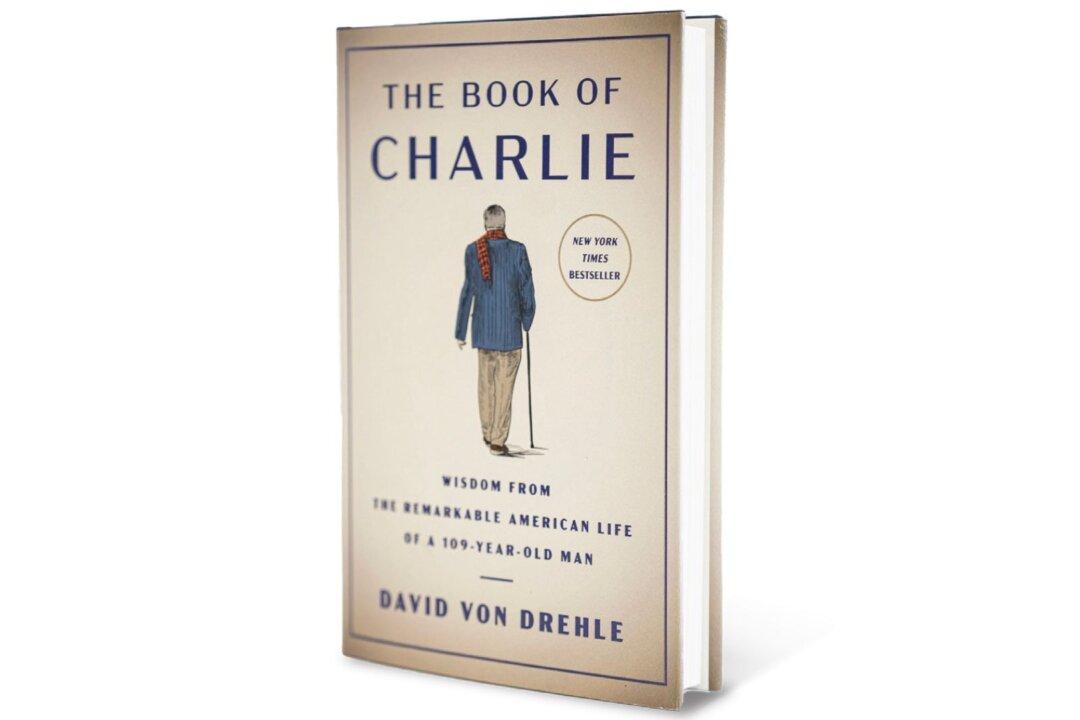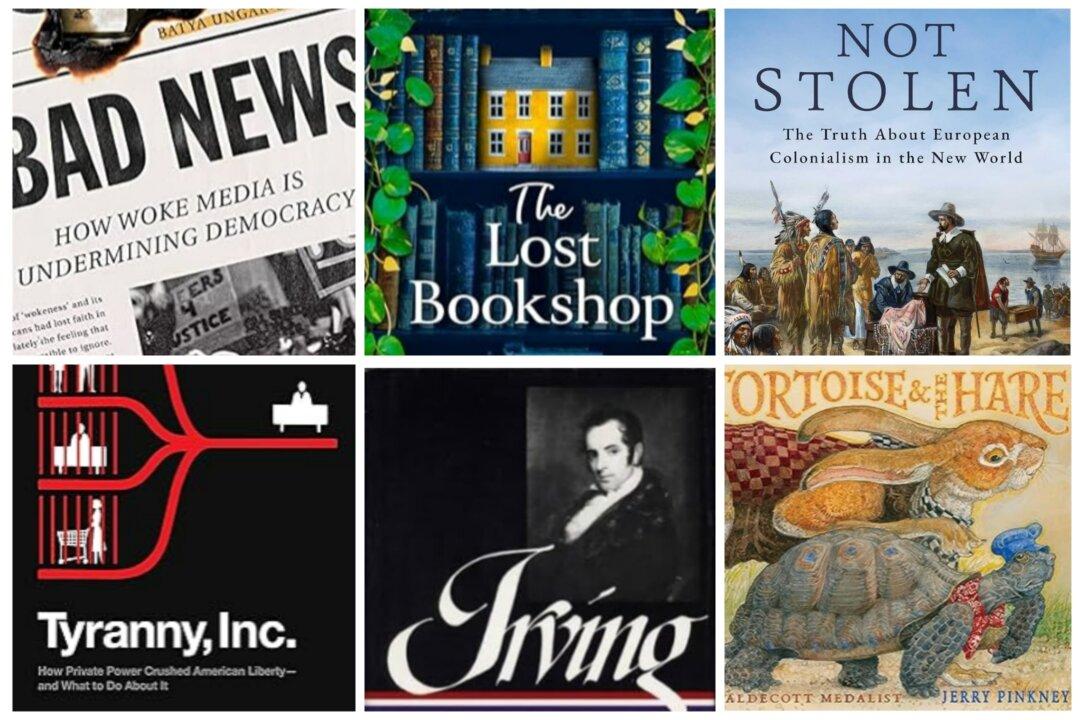I remember the first time I was shown a book with a fore-edge painting (scene painted on the edges of the pages). I was blown away. At first glance, it’s a book with gold-tinged edges, but when those pages are slightly fanned, an intricate scene presents itself. The earliest of these paintings date back to the 10th century. Early designs were decorative or heraldic, but by the 17th century, artists were painting involved landscapes, religious scenes, and portraits.
Books like these will likely be forever preserved in my mind.
And that brings us to the setting for “The Department of Rare Books and Special Collections,” a debut novel by Eva Jurczyk. For every book—particularly rare ones—that has ever lined a bookshelf in libraries across the world, there are passionate people intent on sharing and preserving them for future generations.

Rare Book Mystery
When you are talking about rare books, the stakes are high. Who has them? Are they originals? Can they be acquired? Can they be found tucked away at an antiquarian’s book shop? Will donors pay for your library to have them?It’s into this very special and intriguing world of rare books that we find our cast of characters. The chapters of their lives are deftly revealed as the reader follows the main protagonist Liesl Weiss.
Liesl is likeable from the start. Near retirement, she’s pictured as the compliant woman behind the scenes dutifully carrying out her daily tasks often in the shadow of unreliable colleagues. Her diligence and devotion to her chosen career path is clear: She’s a lover of fine books. Her tolerance for mediocrity is low, which often finds her in conflict with her family and workmates, but she is stellar at keeping her emotions in check.
Plot, Plot, and More Plot
And on the heels of his absence, a recent acquisition, The Plantin Polyglot Bible, goes missing.Plagued by insecurity, vulnerable, and self-critical, Liesl would seem an unlikely solver of crimes. She moves in a world largely made up of men, from her now stroke-stricken director to the ever-badgering president of the university to the prevailing presence of the library donors and her close work colleagues. These are men that she believes she knows and respects but that are now all potential suspects with the disappearance of this rare manuscript.
Clues to Characters
You can picture the pressed shirts or too-big sweater, the scuff on a shoe or the cut of an expensive suit—the myriad details that give the reader clues about each character’s persona, their desires, and motivations. The clues are subtle but ever revealing.There’s Christopher, the absent director, with decades of book dealings under his wings; impeccable Max with a desire to be the next director; Francis, a former lover, with a passion for antiquity; and Dan, often rascally but devoted to detail. Lawrence, the university president, has a penchant for power and pedaling; we often see him with a bicycle helmet in tow. And Miriam, the other female in the department, is frail and has a mysterious past.
It’s Miriam who also comes up missing during the course of the investigation. While she’s easy to blame for the theft, does this take the reader off course?
The structure of the book moves you along quickly through the sequence of events. You won’t be bored. The author cleverly intersperses tidbits from years ago that provide added background to present happenings. “Oh, I see the connection now,” you’re most likely to say to yourself.
Liesl is triumphal. She doesn’t immediately embrace her empowerment, but as the puzzle is completed, the act of putting together the pieces builds her resolve and, ultimately, she feels renewed and restored.
The rarifying realm of old books, dusty secrets, devilish motives, and an unlikely heroine make this debut novel a delightful read from beginning to end.
It’s written for book lovers, but readers of many genres will likely find themselves diving in to solve this literary mystery.






